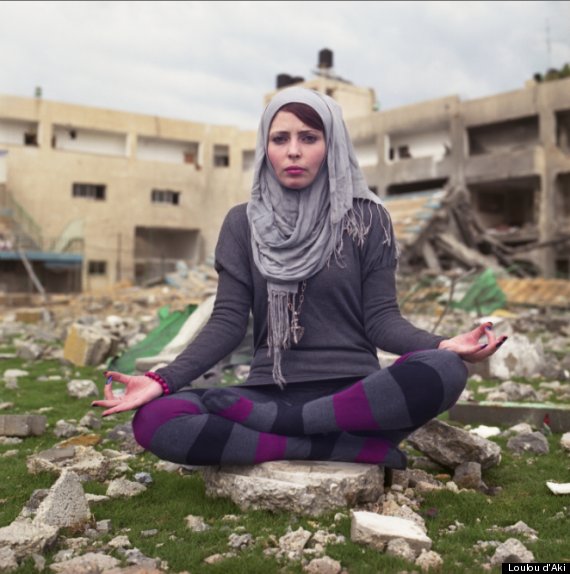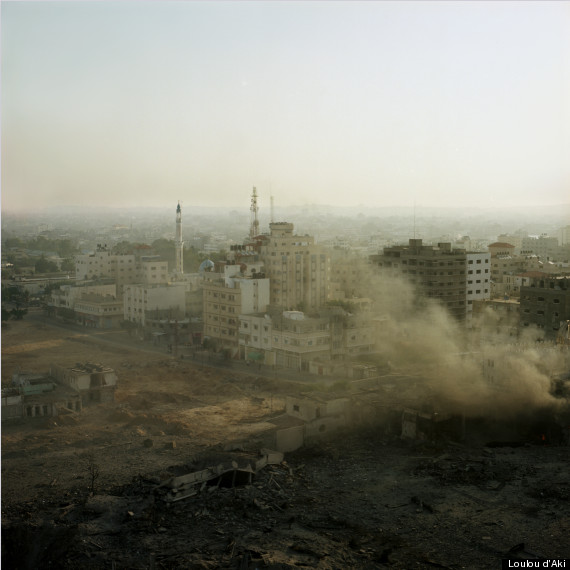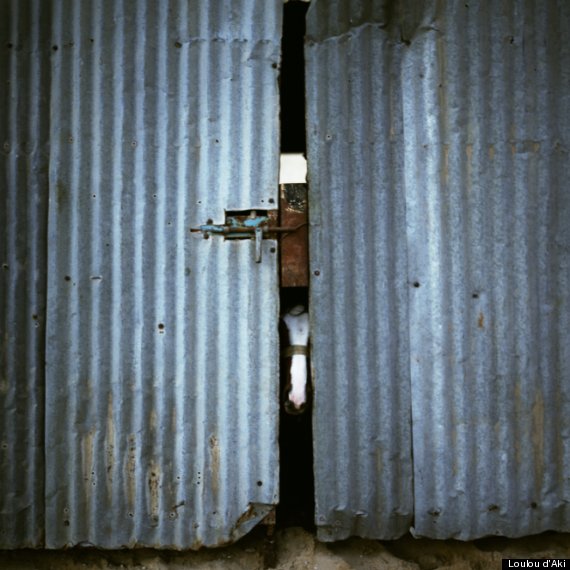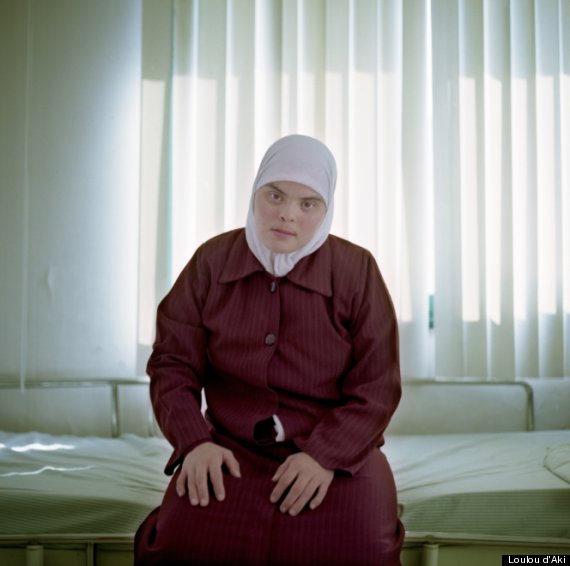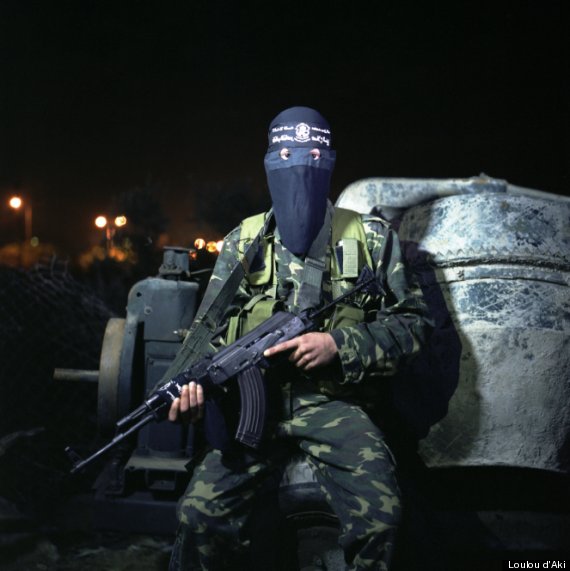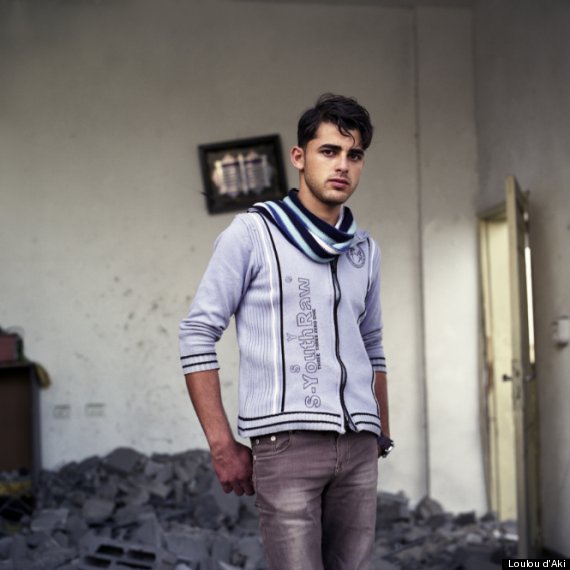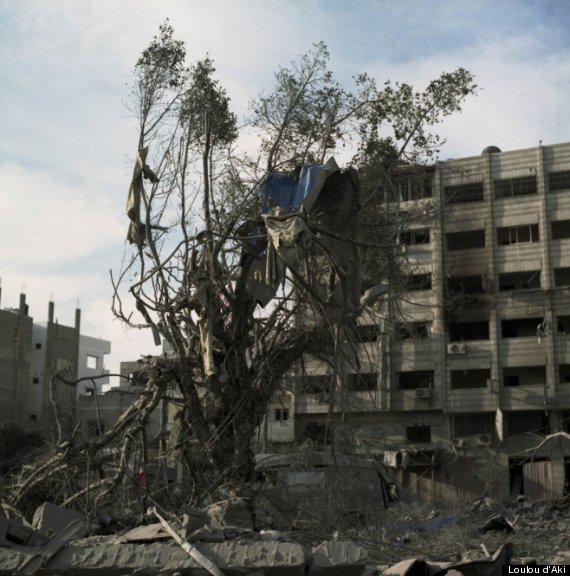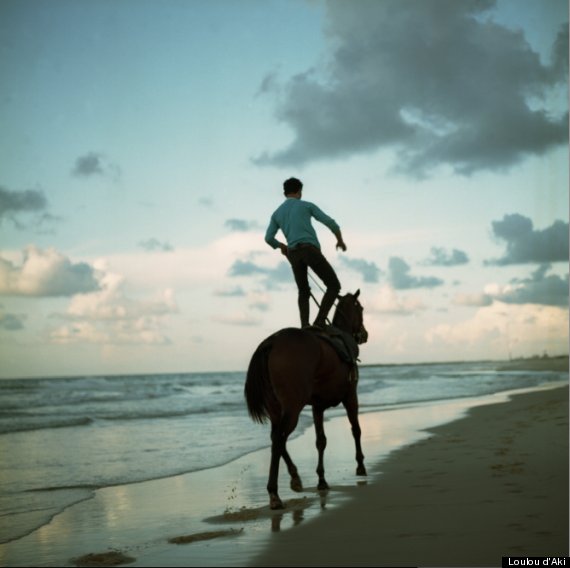"The Other Hundred" is a unique photo book project aimed as a counterpoint to the Forbes 100 and other media rich lists by telling the stories of people around the world who are not rich but whose lives, struggles and achievements deserve to be celebrated. Its 100 photo stories move beyond the stereotypes and clichés that fill so much of the world's media to explore the lives of people whose aspirations and achievements are at least as noteworthy as any member of the world's richest 1 percent.This project has a special meaning for me because for as long as I can remember, lists of the rich and famous have had a perverse hold on me. Populated with figures unlike anyone I had ever met with lifestyles the opposite of what I had always been taught was the right way to behave, they clearly could not be held up as models for emulation. And yet, with their wealth, power and influence, weren't they also meant to be models of success -- figures we should be looking up to? Clearly there was confusion here -- possibly even a contradiction. My conclusion was that rich lists were built around a lie. The reality is we can't all be rich. Most people on this planet can't even aspire to having even the tiniest fraction of wealth; 8 out of 10 live on U.S. $10 or less a day.
This is not something to celebrate, but nor should it have us despairing. Rather, it should tell us that if we want to look for success, then we should look elsewhere than those celebrations of excess epitomized by the Forbes' billionaires list and its many imitators. From this insight emerged the idea of "The Other Hundred": to turn the notion of a rich list on its head and celebrate instead not just those at the other end of society, but also the myriad ways in which people around the world use multiple means to gauge their own success and satisfaction -- some material, others not. Developing this idea took a while. I knew I didn't want to celebrate poverty. Being poor is a bad thing; everyone should have enough to satisfy his or her fundamental needs. But nor do people wake up with the dream of becoming millionaires; rather, people set about realizing more concrete, local tasks with the ideas and materials at hand.
One year later the end result of this musing was "The Other Hundred" (www.theotherhundred.com), the first book in what I now know will be a series -- a collection of 100 photo stories from 91 countries across six continents and selected from more than 12,000 images from 156 countries.
Many other ideas, themes and questions came up in the making of this book, and I hope it takes readers on a journey that helps them understand the world a little bit better. But the main goal remains to show the incredible variety of human life that exists in the world and which we almost never hear about. I would like to think that we succeeded.
We are currently working on the second edition of "The Other Hundred" for a December 2014 publication, focusing on the entrepreneurs left out of the mainstream media. These are the millions of people around the world who have ventured out and done things their own way without ever graduating with an Ivy League MBA, hiring an investment bank, planning an IPO or dreaming of fame and fortune.
Gaza, PalestinePhotographer: Loulou d’Aki
Jasmine Nebieh, 24, taught yoga at the Yarmouk sports stadium in Gaza City until it was destroyed by an Israeli air strike in November 2012. A student of sports psychology at Al-Aqsa University, she would like to work with children in Spain. Asked to make a wish, she says: “Peace in Gaza. To learn more sports and to practice it outside of Gaza.”
Despite the ongoing conflict between the Israelis and Palestinians, people in Palestine treat education as a top priority. Literacy rates for young people -– 99 percent for those aged 15 to 24 –- are as high as in Israel and most developed countries, and comfortably above Egypt (88 percent) and Syria (95 percent). Enrollment in further education is also high, with around one-quarter of 18 to 24-year-olds studying at the 48 universities, colleges, polytechnics and community colleges of the Gaza Strip and West Bank.
